
Honored to have our recent work on mapping out the cell machinery regulating protein secretion highlighted at GEN www.genengnews.com/topics/biopr...
22.08.2025 09:14 — 👍 2 🔁 1 💬 0 📌 0@rjweiss.bsky.social
Assistant Professor, Complex Carbohydrate Research Center at UGA #proteoglycans #glycotime #SanDiegoNative http://weisslaboratory.com

Honored to have our recent work on mapping out the cell machinery regulating protein secretion highlighted at GEN www.genengnews.com/topics/biopr...
22.08.2025 09:14 — 👍 2 🔁 1 💬 0 📌 0Please share my 1 min video on the importance of maintaining NIH funding of infectious diseases and drug discovery research vs rising antibiotic resistance
Drastic budget cuts harm our health and imperil the next generation of scientists
More @UCSanDiego “Behind Every Breakthrough” bit.ly/3FlXQs3

Excited to share our paper @pubs.acs.org detailing a new sensitive and accessible LC-MS method for analysis of GAGs and non-reducing end (NRE) biomarkers for lysosomal storage disorders! A great collaboration w/ the Azadi and Boons groups at the CCRC!
pubs.acs.org/doi/10.1021/... #glycotime

Lysosomes play a central role in regulating ECM homeostasis by influencing intracellular and extracellular molecular turnover and degradation through their biogenesis, localization, and acidification. Lysosomal biogenesis coordinates ECM homeostasis by regulating the release of ECM-degrading enzymes, promoting autolysosome-mediated degradation, and modulating lysosomal trafficking pathways. This process affects the degradation, recycling, and assembly of ECM components. Lysosomes are equipped with motor proteins, including dynein-dynactin complexes, kinesins, and small GTPases, which facilitate their trafficking along microtubules. Lysosomal acidification is essential for the breakdown and recycling of ECM components internalized by endocytosis and exocytosis, ensuring proper ECM turnover and homeostasis.
New discoveries are reshaping how scientists understand the molecular connections between the extracellular matrix and lysosomes—and the resulting implications for research and therapeutics for neurodegenerative disorders.
Learn more in this #ScienceSignaling Review: scim.ag/4kG61io

Article by @cenmag.bsky.social on the #BethesdaDeclaration by NIH scientists and staff released earlier this morning:
cen.acs.org/policy/resea...
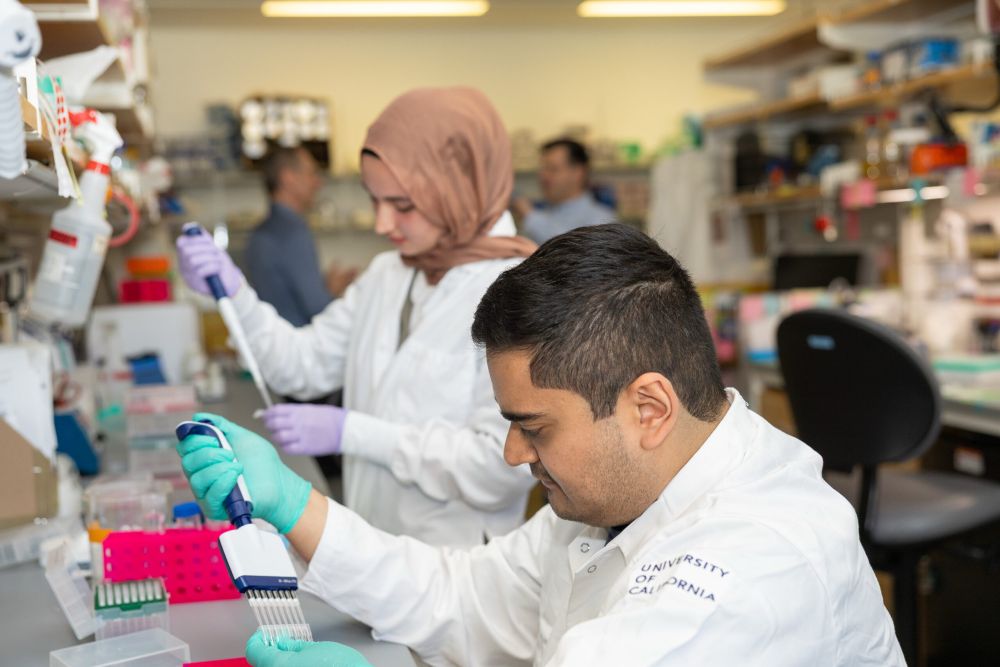
This is what can be achieved today due to longstanding federal support of academic basic science alongside close partnership of universities, private industry and NIH intramural initiatives. An ecosystem worth not just saving but doubling down on!
innovativegenomics.org/news/first-p...
This is utter madness. Harvard University and its many associated academic teaching hospitals have had all federal grants terminated. How anyone could support an administration that is committing such self harm to their country is unfathomable. view.u.hms.harvard.edu?qs=3ed8c01b9...
15.05.2025 18:24 — 👍 16 🔁 6 💬 0 📌 0This is particularly awful
The F awards are US biomedical workforce training awards
Their agenda to destroy the future of biomedical science on full display here
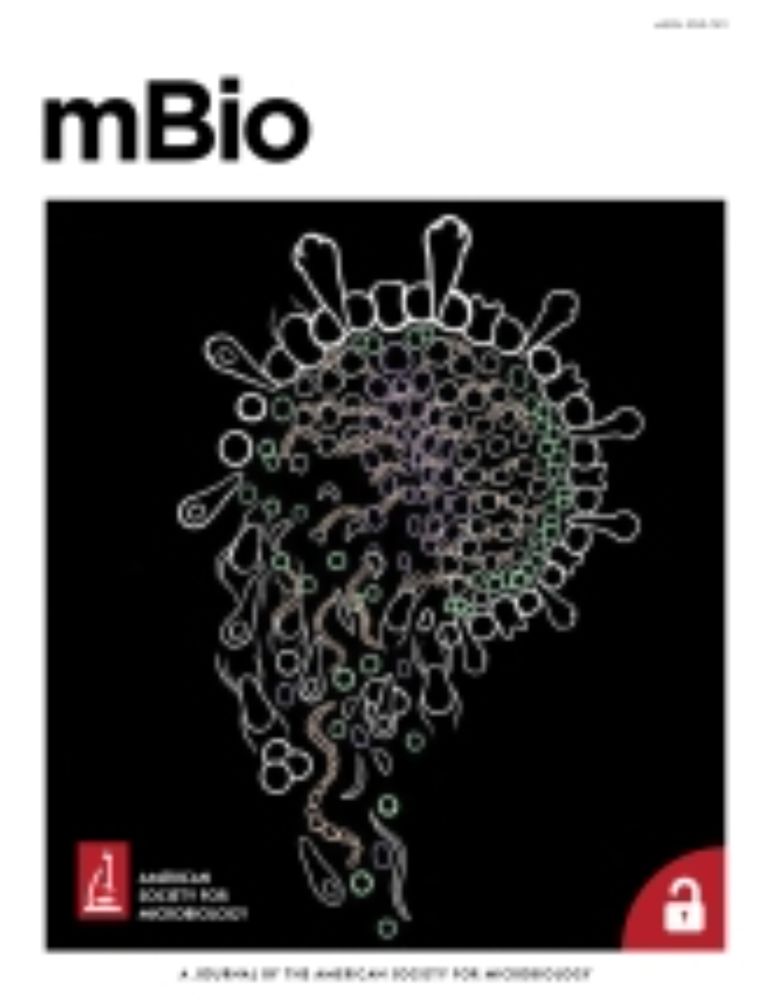
While our first discovery of this occurred just weeks into the shutdown, it's great to see it off bioRxiv now.
SARS-CoV-2 infectivity can be modulated through bacterial grooming of the glycocalyx. Great collab with Knight and Esko labs and many others #glycotime
journals.asm.org/doi/10.1128/...
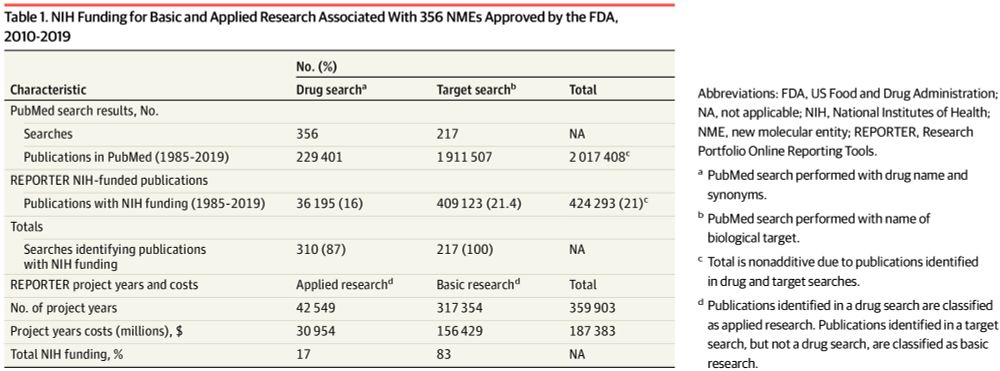
99% of new medicines developed by the pharmaceutical industry depend on NIH research jamanetwork.com/journals/jam...
10.03.2025 14:14 — 👍 890 🔁 442 💬 18 📌 25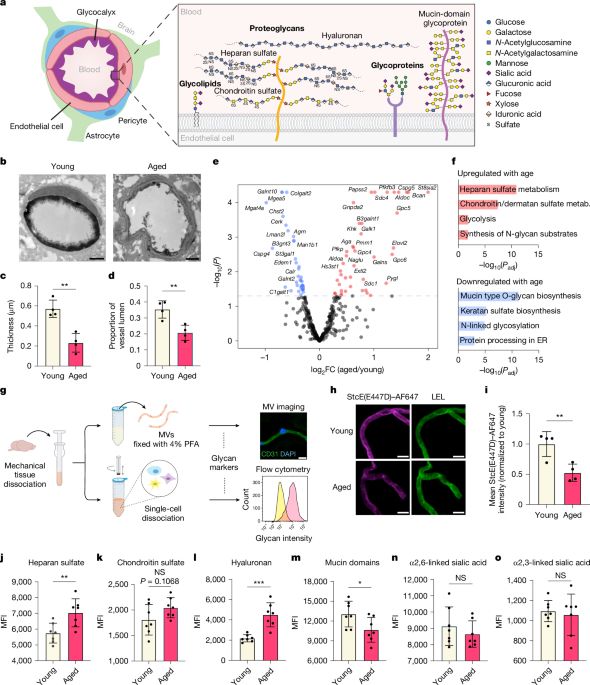
Happy to share this new #glycotime work with collaborator Tony Wyss-Coray, led by grad student Sophia Shi, mucin loss at the BBB is associated with aging and cognitive decline, can be reversed by restoration with with gene therapy. Aging is a mucinopathy!
www.nature.com/articles/s41...
Imagine if @aoc @sanders.senate.gov , every dem, SIMULTANEOUSLY held Town Halls where they allowed grant and contract recipients to explain to the country what it is they do and why it's important
Invite all media. Including RW podcasters. @spaces Flood the zone
Call it a Day Of Transparency
As a leader in my lab & various initiatives, I’ve made my stance clear....my commitment to DEI is unwavering. I won’t back down or shy away, even as others do. I’ll continue to uphold and advocate for these values.
12.02.2025 17:54 — 👍 212 🔁 24 💬 1 📌 4My institution sent out something very short and not saying much. It is pretty clear that red states are planning to ride the coattails of the legal actions of blue state AGs. But red state universities/faculty/researchers/staff are absolutely freaking out rn.
10.02.2025 21:20 — 👍 18 🔁 4 💬 2 📌 0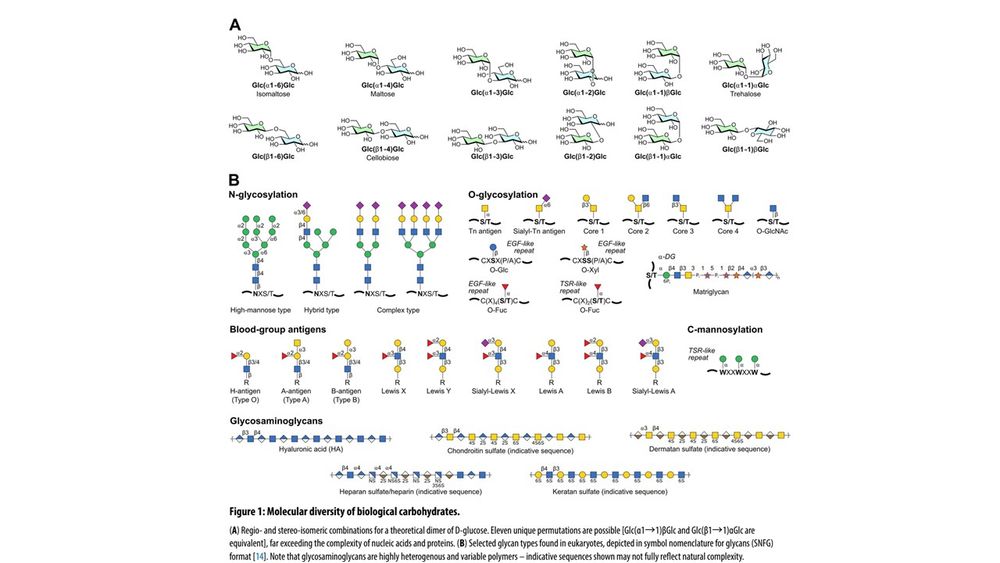
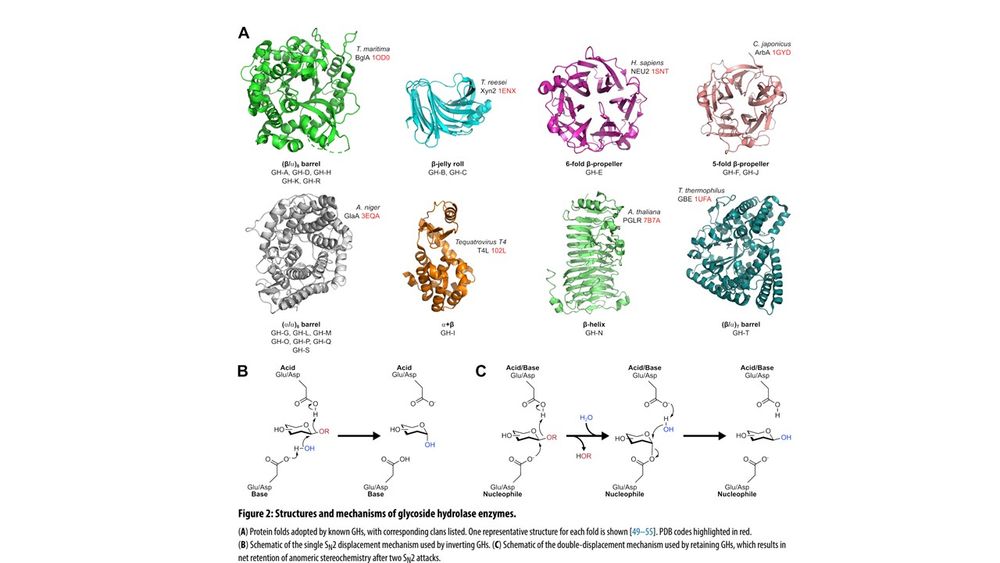
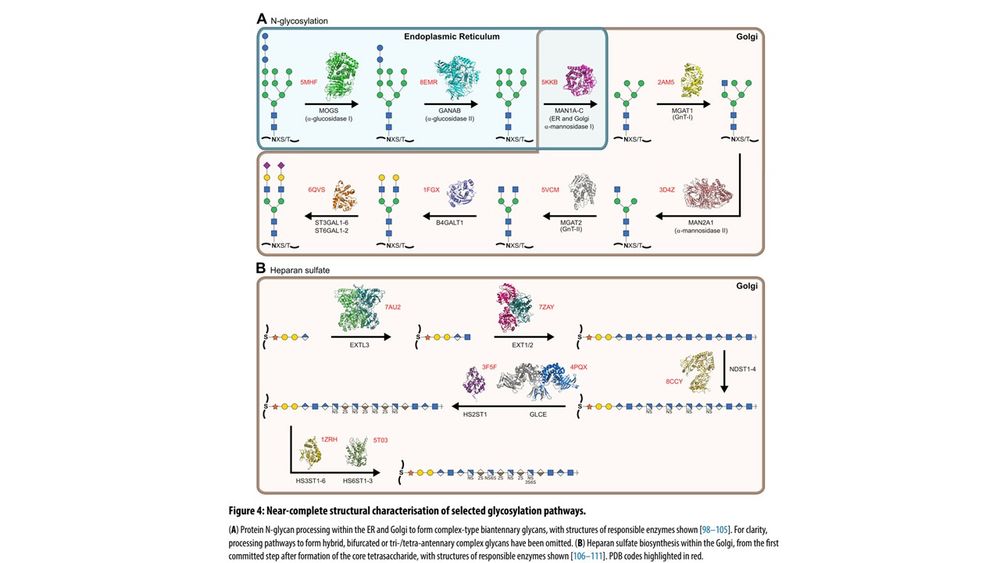
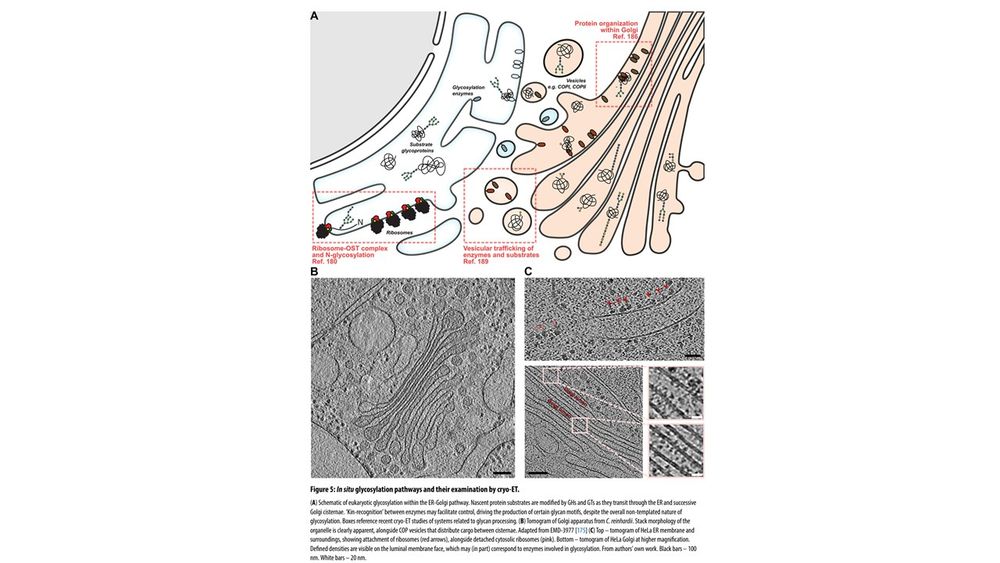
New review on structural glycobiology in glycosciences: "From enzymes to organelles". Carbohydrate processing enzymes, glycosylation networks in vitro, Cryo-ET in direct visualisation of native biology , challenges for studying glycosylation by cryo-ET.
tinyurl.com/4jnv85xt
#glycotime

Proud of @faezehjame.bsky.social and our latest paper on upregulation by #miRNA. miRNA upregulate protein expression of CD98hc, ST3GAL1 and ST3GAL2 in a coordinated manner. Regulation is bidirectional, changing the picture on how these #RNA work. #glycotime
www.science.org/doi/10.1126/... 🧪

Large-scale changes in the genome inherited from parents are significant risk factors for pediatric solid tumors, a new Science study finds. The results provide new insights into the genetic underpinnings of pediatric cancers.
14.01.2025 18:20 — 👍 29 🔁 3 💬 0 📌 0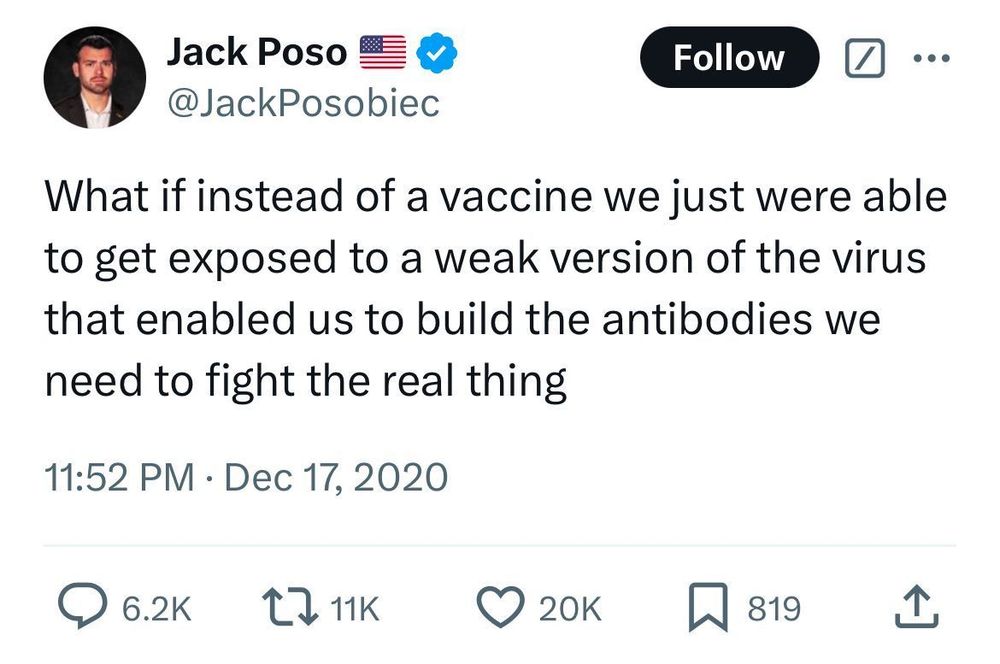
That time when antivaxxers thought so hard that they accidentally re-invented vaccines.
01.01.2025 09:09 — 👍 2073 🔁 487 💬 60 📌 34I’m in! Thanks Amulya!
20.11.2024 01:39 — 👍 1 🔁 0 💬 0 📌 0